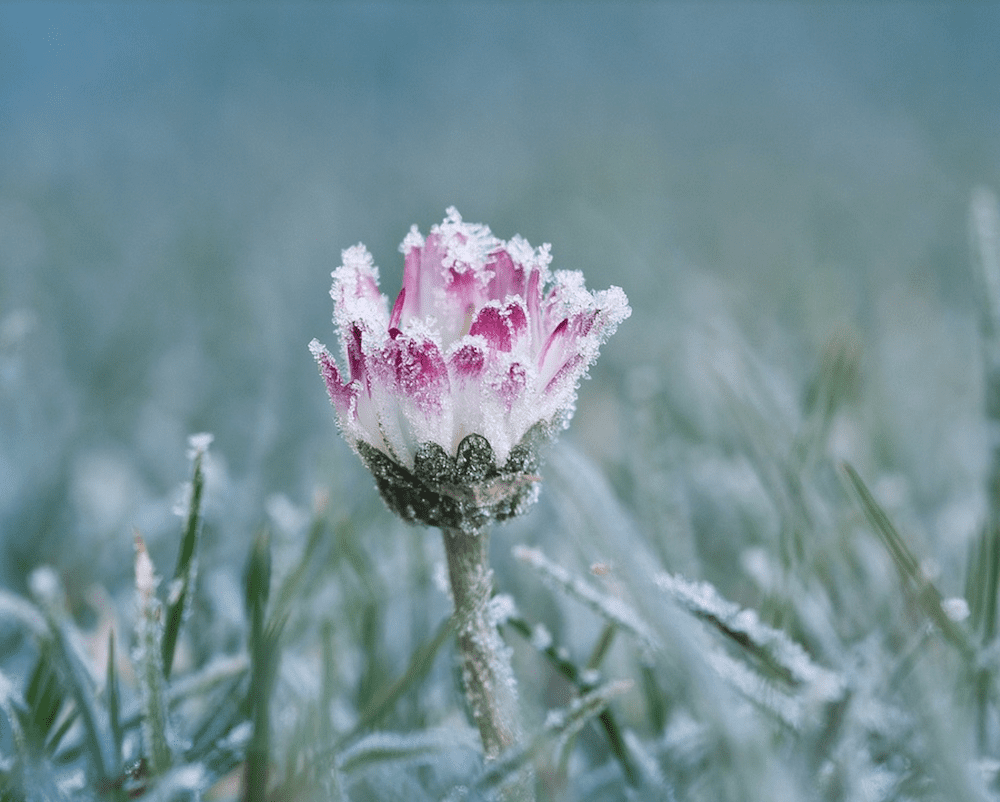How Do Flowers Prepare for the Cold?
By Jill Brooke

Plants have developed extraordinary adaptations over millennia to survive very cold and prolonged temperatures. The growers at Flora Toscana explained it so eloquently that I wanted to share it with you.
As the days get shorter and the cold weather sets in, many plants “harden off.” What does this mean?
The process occurs at the cellular level where there is an increase in the concentration of salts, consecutive to the decrease in water content. This process makes the tissues more resistant to the cold, preventing the freezing of water inside the cells. It also impacts the formation of crystals that could tear the cell walls causing their death.
In this way, the plant enters a phase of vegetative stasis, in which metabolic activity slows down. This state is called “quiescence.”
The cold resistance of each plant genus is determined by its characteristics and can be defined in threshold values, i.e., maximum and minimum temperatures they can withstand. So in low-temperature conditions, as long as they are within limits when the plant has reached the dormancy stage, the plant organism is not harmed. This is why the most damaging frosts are those out of season, called “late” frosts (April and May), which occur before plants are ready for them.
An example is given by wheat. It is an autumn-winter grass, which is sown in November, and reaches the proper vegetative state to survive the winter. It then flowers and goes into production in spring/summer.
Some plant species, on the other hand, behave differently. An example is the classic Geranium or Petunia, which do not exhibit the dormancy stage and thus are destined not to survive. At the same time, they ensure new vegetation through propagation by seeds that will germinate the following season.
Just like animals, plants have developed ingenious ways to adapt to our cold winters. From tiny aquatic plants called phytoplankton to towering trees on the land, plants are the basis of all food chains, including our own, and essential to life on Earth.
The cold also creates other positive impacts on plants and flowers. For example, as we reported, a daffodil grown in Scotland turns out to be a promising heart medicine. And the opposite problem of too much heat has also seen plants adapt to those conditions as well. There are now drought-resistant flowers.
Not only do flowers teach lessons in adaptivity, but as we know, plants always surprise, amaze and amuse.

